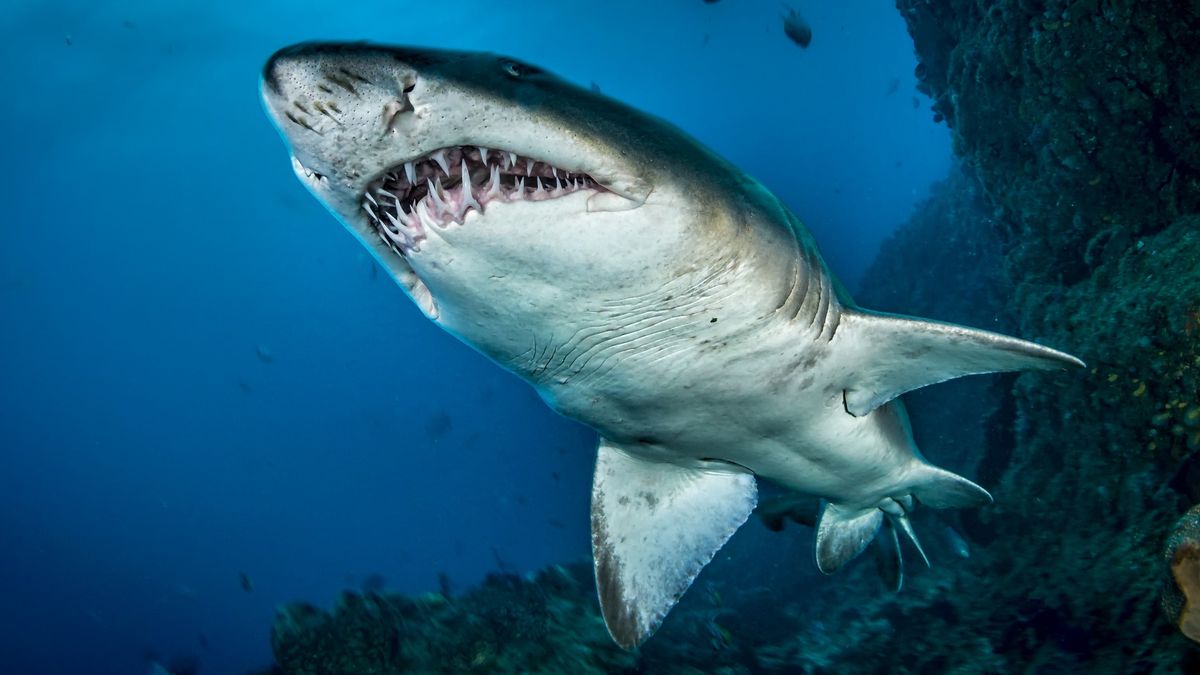
Io, one of the four Galilean moons of Jupiter, is the most volcanically active object in our solar system. It’s only about the size of Earth’s Moon, but it’s covered pole to pole with actively erupting volcanoes. Astronomers first realized Io’s volcanic nature during Voyager 1’s flyby of the Jupiter system in 1979 and have since been trying to figure out what powers Io’s volcanoes and what may lie beneath its surface.
“Io is orbiting a monster,” said Scott Bolton, principal investigator of NASA’s Juno spacecraft and a planetary scientist at the Southwest Research Institute in San Antonio, Texas, at a 12 December press conference at AGU’s Annual Meeting 2024 in Washington, D.C. As Io orbits Jupiter, the planet’s gravity repeatedly stretches and compresses the moon, heating up and melting its interior through tidal forces.
“Basically, Jupiter is squeezing the insides out of Io,” Bolton said.
But how much of Io’s subsurface is fully melted remained a mystery. Could there be a fully melted global layer of magma beneath the crust, with the worldwide distribution of volcanoes all erupting from the same source?
“This question is not only historically old…it’s also still currently being debated,” Bolton said. “We know the answer now.”
That answer is no.
Global Volcanoes Fed by Local Magma
Juno captured images of Io’s poles for the first time during two recent flybys, one in December 2023 and one in February 2024. The images showed that volcanoes are also strewn across the poles, and scientists believed this distribution to be evidence that a global magma ocean lay hidden beneath Io’s crust.
However, those data also allowed the Juno science team to more accurately measure now much Io is being stretched by Jupiter’s gravity, an effect called tidal deformation.
“One way to measure whether Io has a global magma ocean or not is by measuring Io’s tidal deformation,” said Ryan Park, a science coinvestigator for Juno at NASA’s Jet Propulsion Laboratory in Pasadena, Calif. “If Io has a global magma ocean, or liquid layer between the crust and inner layer, its crust is going be a lot easier to deform, like a water balloon, when compared to a more rigid and mostly solid interior.”
“Io’s tidal deformation is not consistent with Io having a global subsurface magma ocean.”
“What the Juno science team has found, based on the data collected during the two Io flybys together with historic observations, is that Io’s tidal deformation is not consistent with Io having a global subsurface magma ocean,” Park said.
Instead of all the volcanoes feeding from a global layer of magma, it’s more likely that isolated pockets of mantle material are molten, he explained, with each volcano having its own localized magma source. The team published these results in Nature on 12 December.
Those two Juno flybys also provided new insights into lava lakes on Io’s surface that have small, but persistent, islands. Further analysis of Juno data on these lakes could shed light on heat distribution beneath Io’s crust and the evolution of volcanism. As Juno’s orbit takes it ever farther away from Io, the chance for another flyby is gone for now. Scientists are looking to analogs in Hawaii and Iceland, as well as potential data from NASA’s Europa Clipper and the European Space Agency’s Jupiter Icy Moons Explorer (JUICE) missions, to provide future insights into this intriguing world.
“We will continue to learn from this data and models,” Bolton said, “but maybe someday we’ll have a mission that actually goes back and gets close to Io that might [take] additional measurements.”
—Kimberly M. S. Cartier (@AstroKimCartier), Staff Writer










Leave a Comment